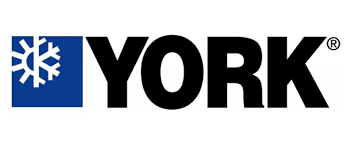An energy recovery ventilator system (ERV) fits in colder climates, in the homes where there is no excess moisture in heating season, as well as for homes located in warmer climates where the outside humidity level is high.
As for the HRV system, the ERV system recovers heat; however, it also recuperates the energy trapped in moisture, which greatly improves the overall recovery efficiency.
In air conditioned homes, when it is more humid outside than inside, the ERV system limits the amount of moisture coming into your home. In humidified homes, when the humidity level is low in winter, the ERV system limits the amount of moisture expelled from your home.
What HRVs and ERVs have in Common:
Evacuation – HRVs and ERVs push out pollutants that are suspended within the house, such as odours, smoke, dusts, and gases, along with excess humidity.
Fresh air – Air is recirculated every three hours: once the cycle is complete, an equivalent volume of fresh air will have replaced what was pushed out.
Filtration – Both ventilators have a filter that limits pollen, dust and insects from getting into the home.
Distribution – Via a ductwork system, HRVs and ERVs are linked to every room in the home, except the garage.
Heat recovery – Today’s most popular versions of both types of unit have a core in which the incoming and outgoing air crosses paths without actually touching, due to thin dividing walls. These dividers, made of aluminum or polypropylene, are airtight but can transfer sensible heat. As a result,
During the winter, some heat that is leaving the home is then transferred to the incoming air. This heat recovery translates to energy savings.
The difference between HRVs and ERVs systems:
The major difference between HRV and ERV units is in their cores. While an HRV’s heat recovery core’s dividing walls are sealed against humidity, those in an ERV are different: they contain a desiccant material (which absorbs some of the humidity).
The ERV redirects humidity from the more humid airflow to the least humid flow. In winter, when humidity levels are generally higher inside than outside, the ERV dries outgoing air and humidifies incoming air. In other words, during the cold season, an ERV keeps more humidity in the house than an HRV.
Making your choice
The choice between HRV and ERV units mostly depends on the humidity levels in the building. However the following should also be:
Number of people in the home – An HRV fits the needs of a larger, active family that generates a lot of humidity.
Dimensions – HRV units are best suited to small or medium-sized homes, where humidity can quickly accumulate. ERVs, on the other hand, will better serve larger homes where the air tends to be drier.
Airtightness of the building – The better the envelope is sealed, the more humidity stays in, making the HRV the way to go.
Type of heating system – In a wood-heated environment, which is more likely to be drier, an ERV will promote a healthier humidity level.
Regional climate – Another determining factor. ERVs are best suited for colder, drier climates like those in northern BC.












